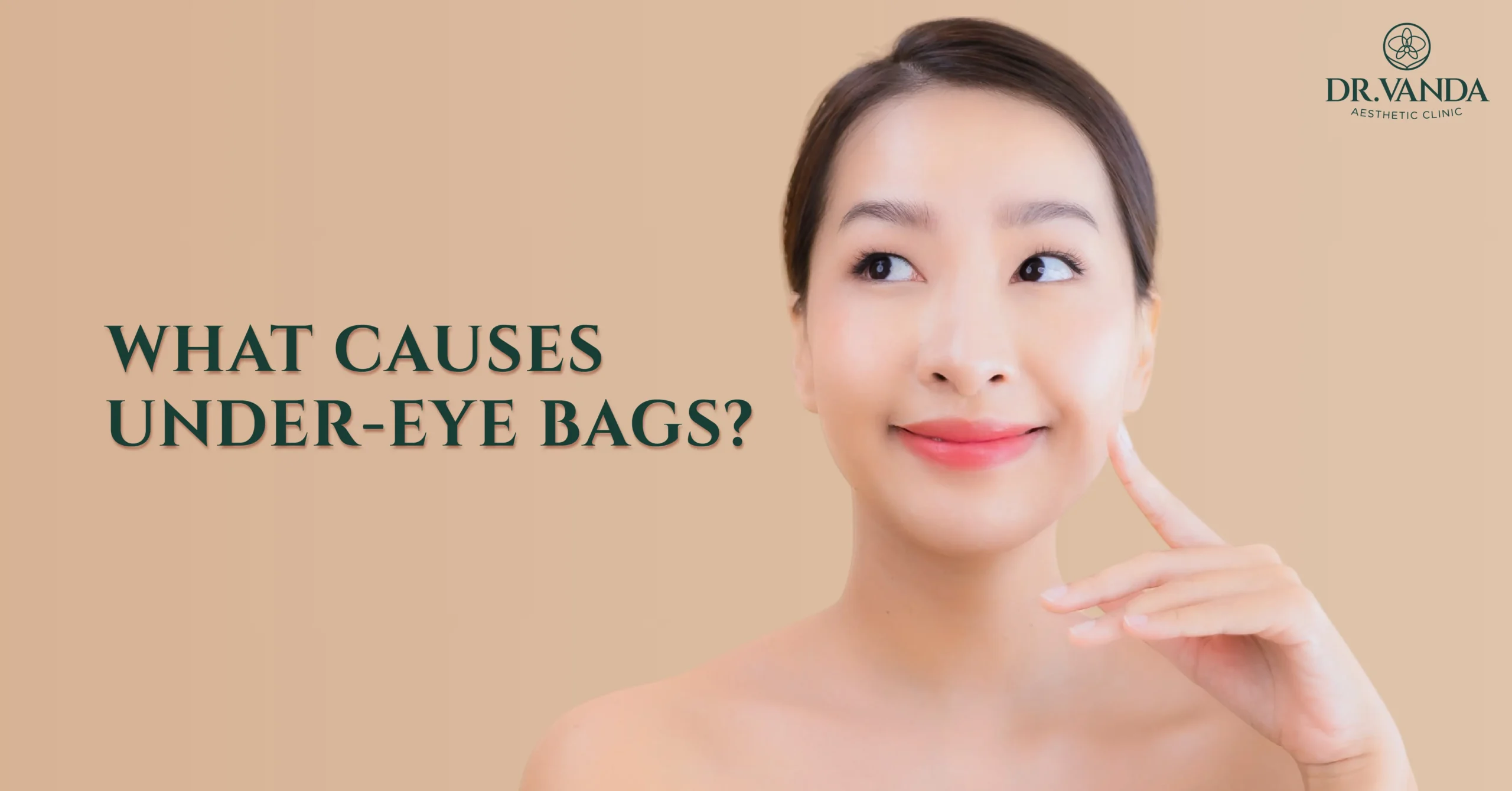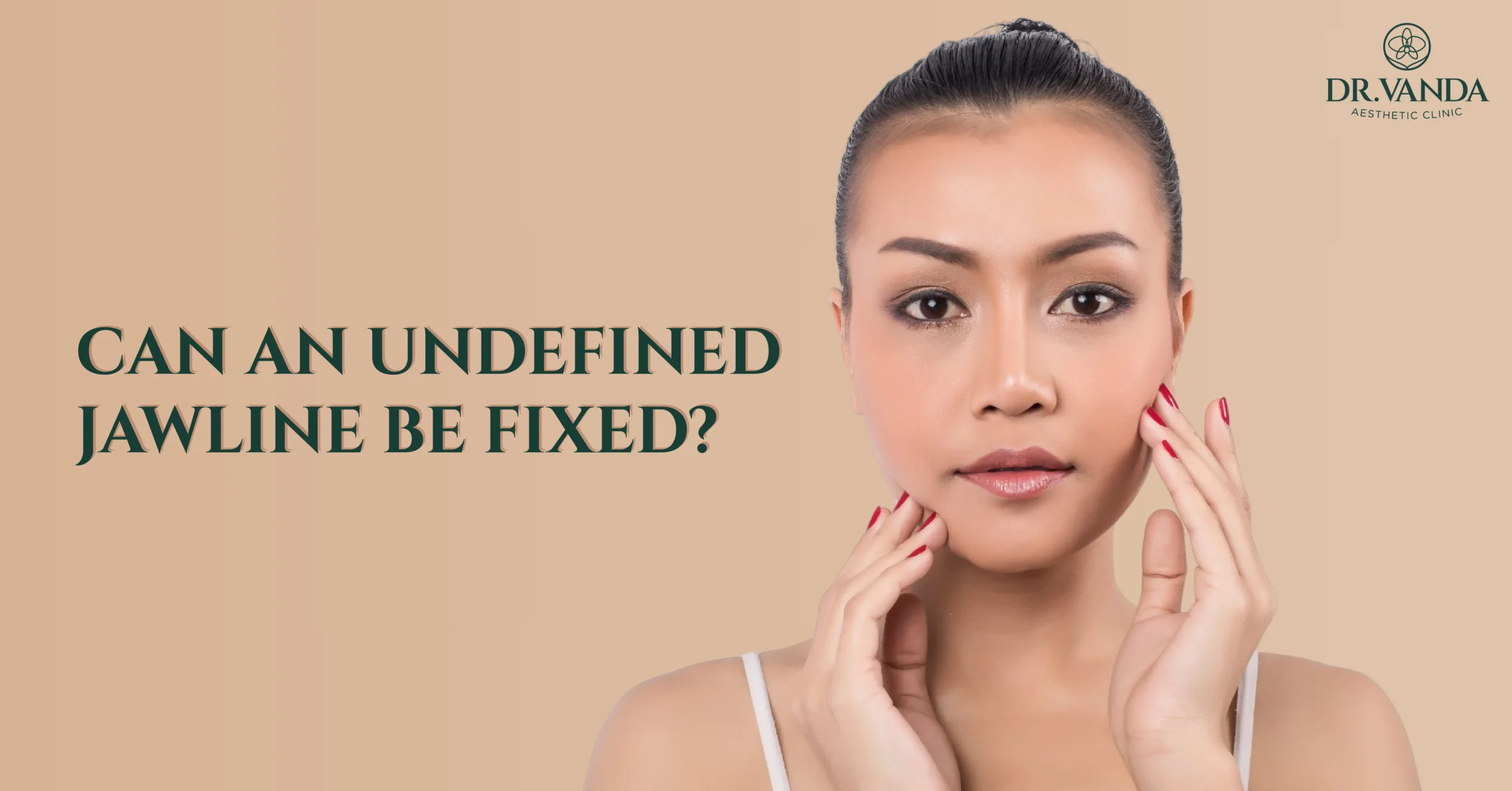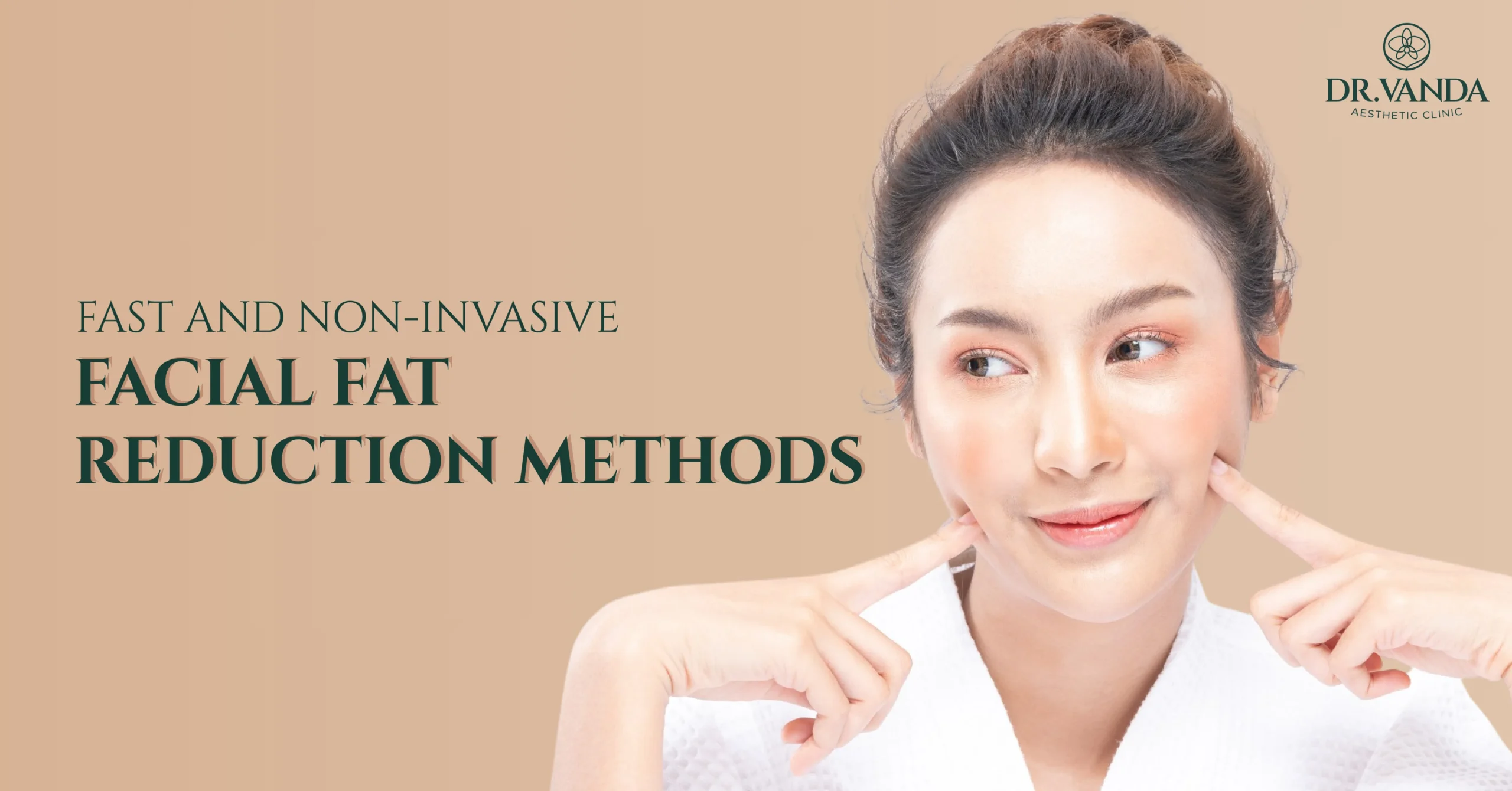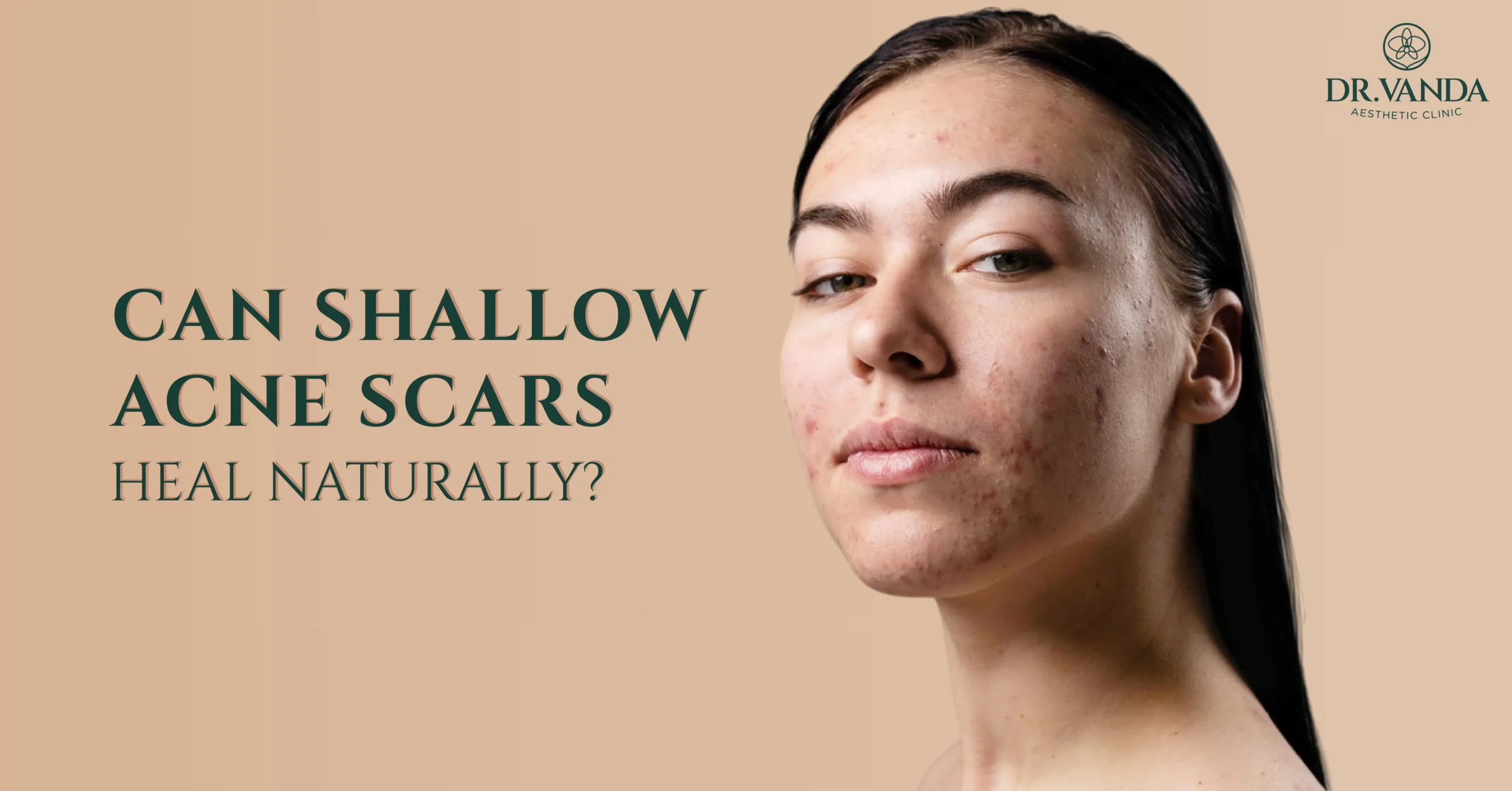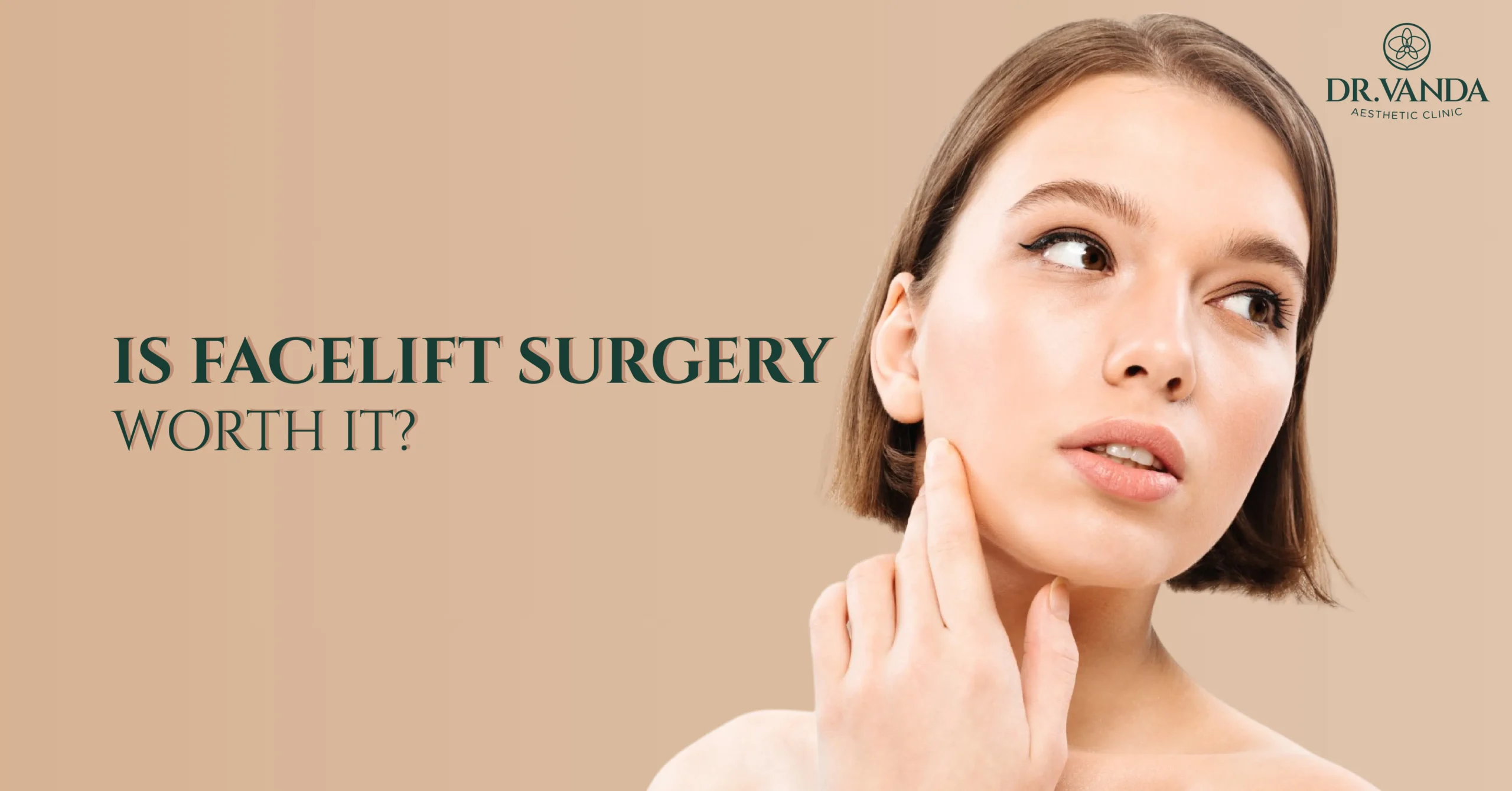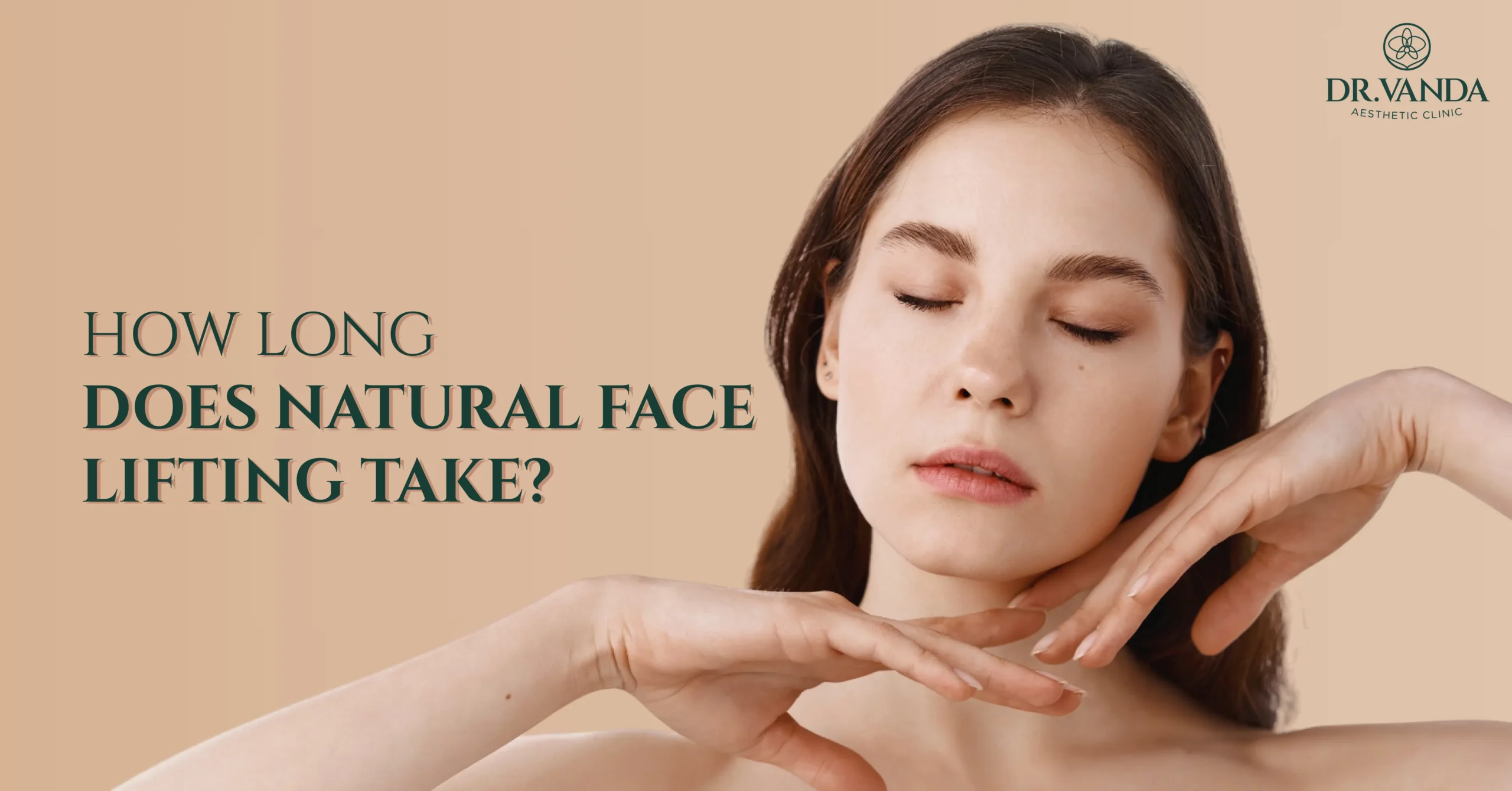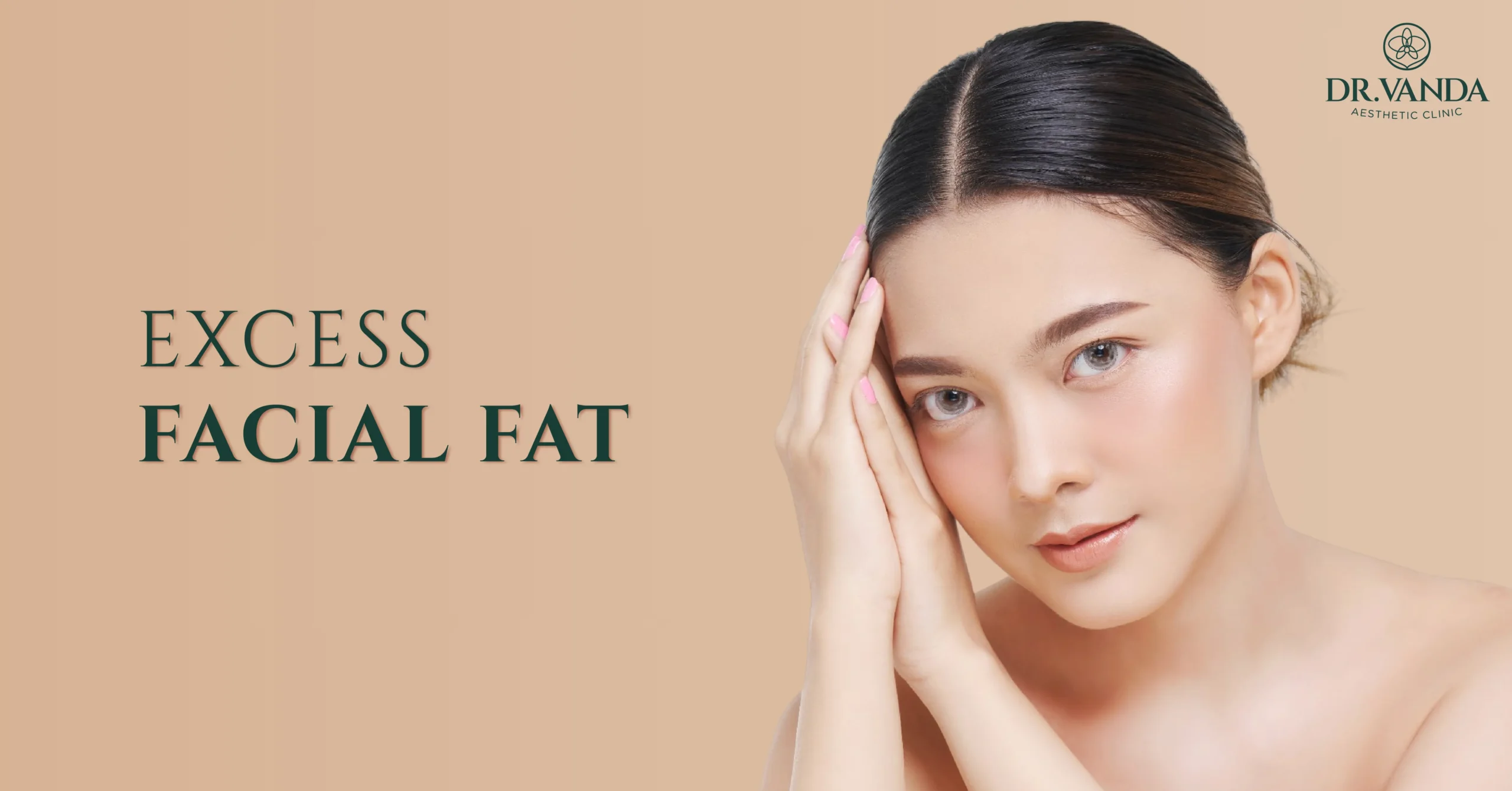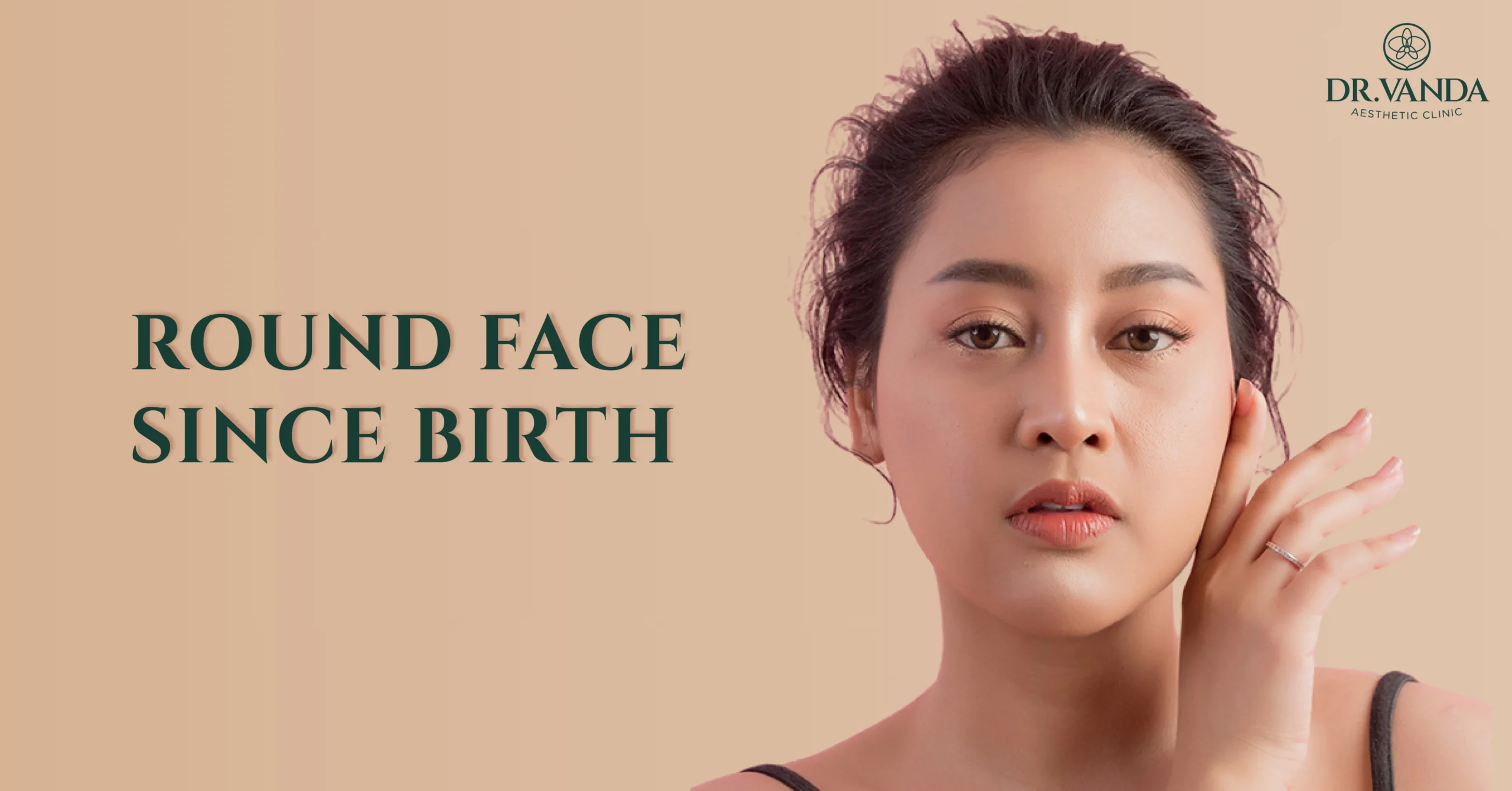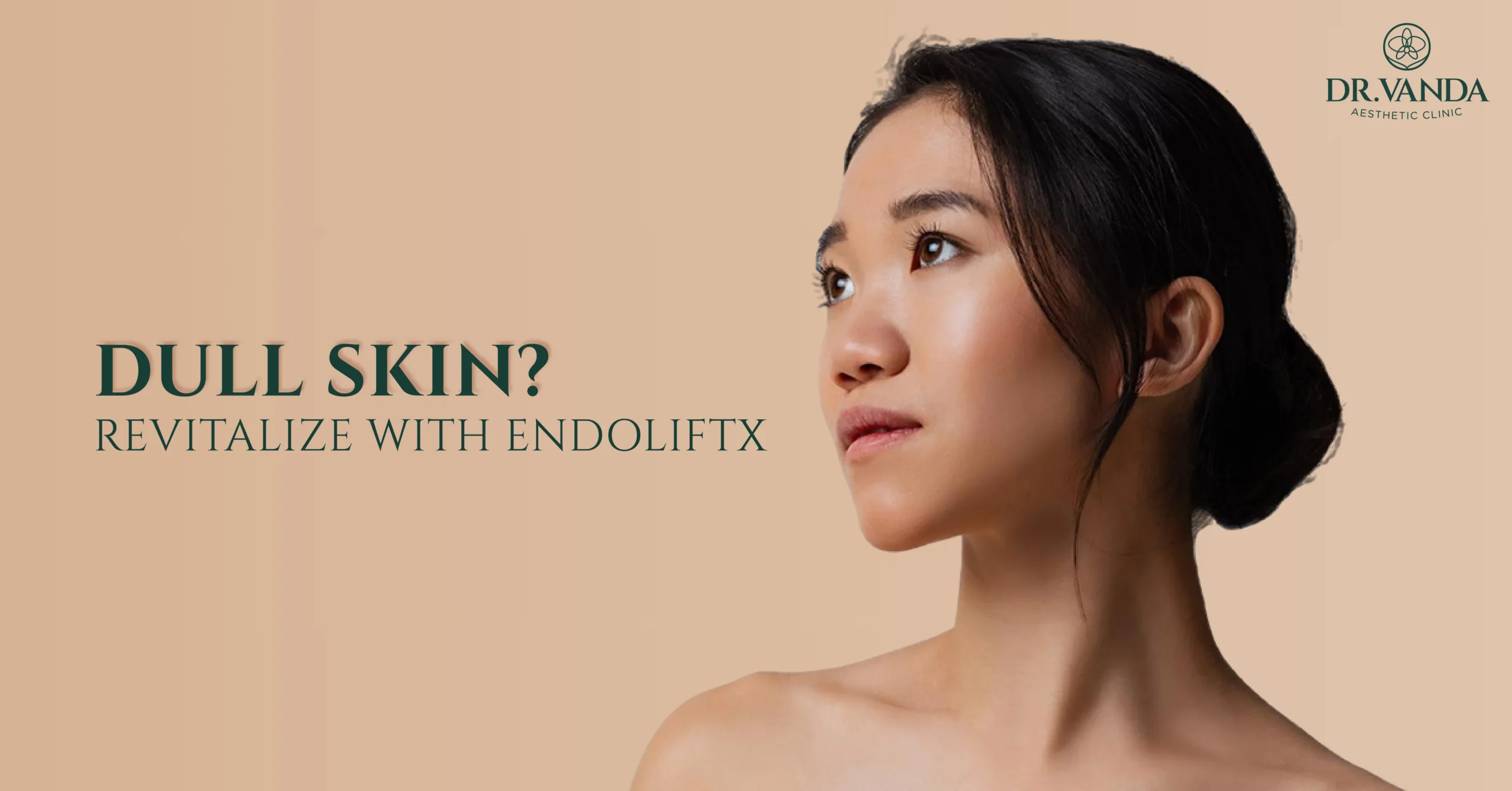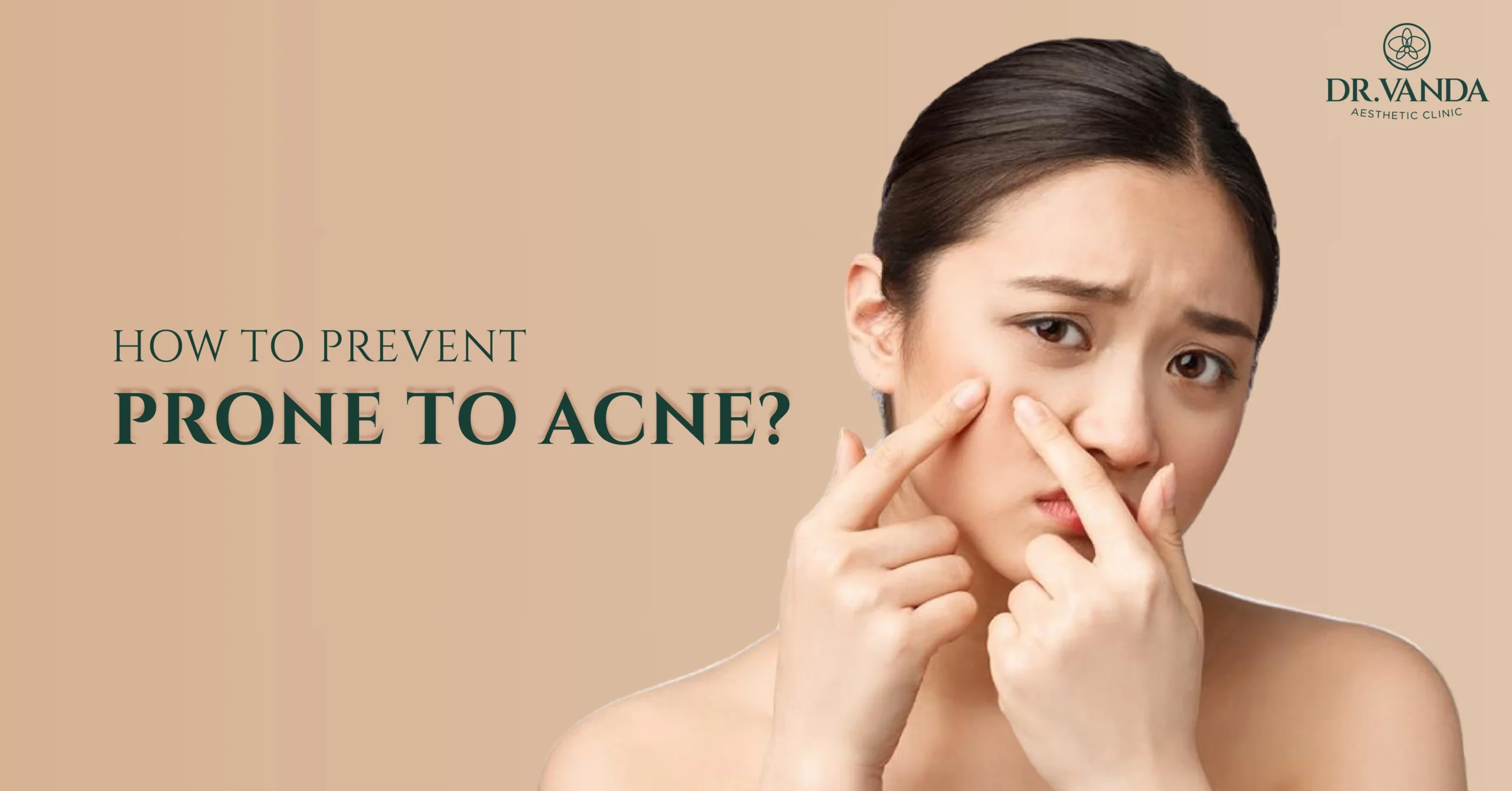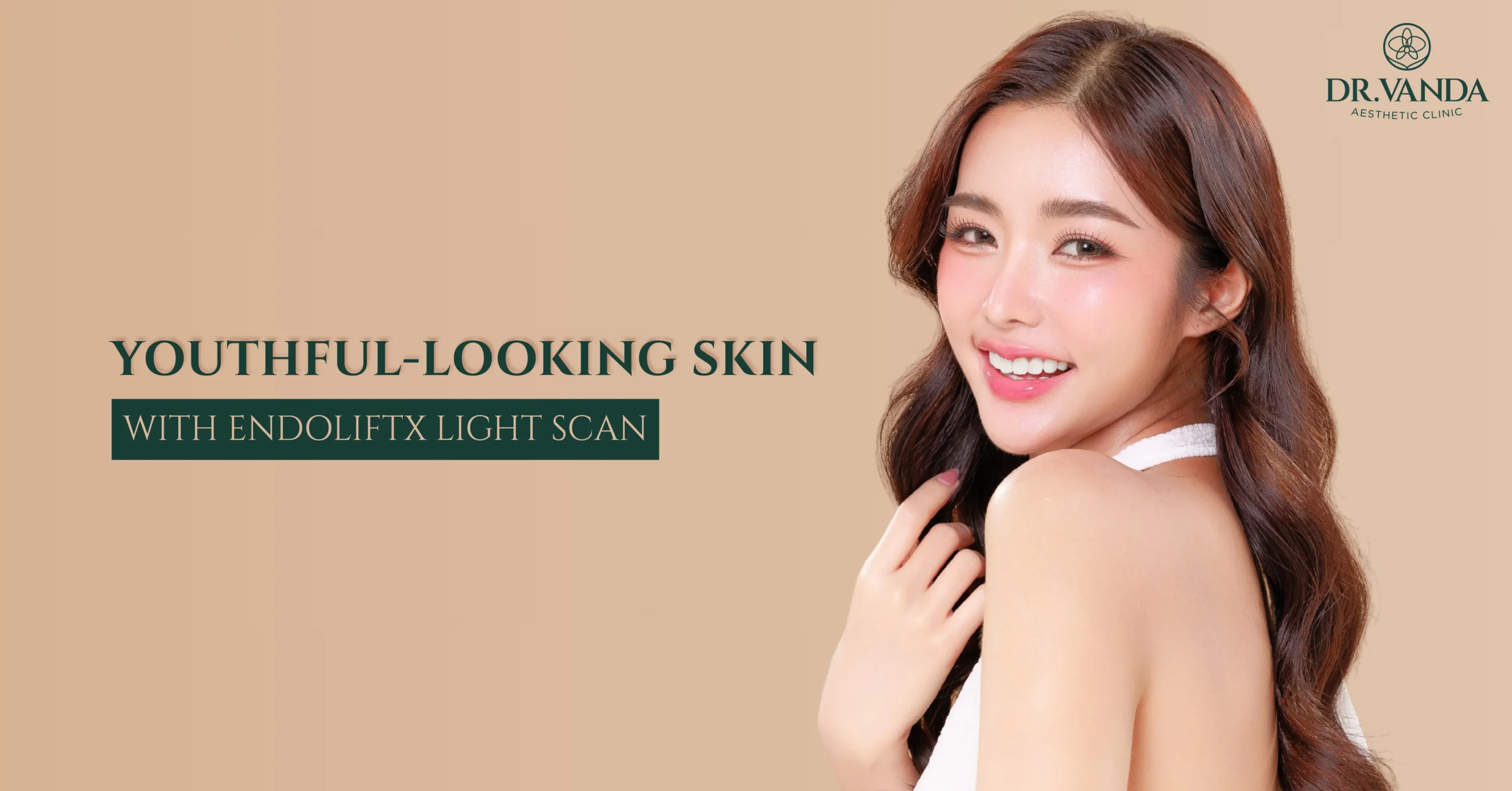Under-eye bags are one of the most common facial concerns that can significantly affect self-confidence. Although they do not cause pain in the under-eye area, they can make the face appear prematurely aged and require extra care when applying makeup to avoid further dullness. But what exactly causes this issue? Are under-eye bags harmful to the body? And how can we prevent them from recurring? Dr. Vanda has the answers for you.
What Are Under-Eye Bags?
Types Of Under-Eye Bags
1. Temporary Under-Eye Bags
2. Permanent Under-Eye Bags
What Causes Under-Eye Bags?

Are Under-Eye Bags Dangerous?
Under-eye bags are not inherently dangerous. However, they can affect one’s appearance, making the face look older. Wearing heavy makeup may further accentuate this effect. Nevertheless, if you experience pain or significant swelling in the under-eye area, or if the swelling worsens over time, it could indicate an underlying health issue, such as kidney disease, heart disease, liver disease, or an eye infection. In such cases, immediate medical attention is necessary.
How Can Under-Eye Bags Be Treated?
Injecting hyaluronic acid-based fillers into the under-eye area stimulates collagen production, tightening loose skin. Results are immediate, and no surgery is required. However, fillers naturally break down over time, requiring reinjections every 6–12 months to maintain results. This option may not be suitable for certain individuals, such as pregnant or breastfeeding women, individuals with bleeding disorders, those allergic to hyaluronic acid, or patients with severe under-eye bags caused by excess fat, which could lead to uneven filler distribution.
What Is The Best Way To Treat Under-Eye Bags?
While the four methods mentioned above provide effective results, some come with side effects, recovery time, or require repeated treatments to see noticeable improvements.
Dr. Vanda recommends an innovative and non-invasive approach called EndoliftX Light Scan at Dr. Vanda Aesthetic Clinic.
EndoliftX Light Scan uses an External Laser Improving Skin Quality technology with a wavelength of 1470 nm, this laser directly targets the skin to stimulate collagen and elastin production. The specially designed handpiece ensures precision in lifting and tightening under-eye bags, delivering immediate and natural results without surgery or downtime.
For those concerned about scarring, Dr. Vanda assures that there’s none. EndoliftX is not a surgical procedure but involves inserting into the skin through microscopic entry points invisible to the naked eye. This minimizes tissue damage while providing precise results. Patients can resume daily activities immediately after the procedure, and results continue to improve over time as collagen production is stimulated.
For more details: EndoliftX Light Scan
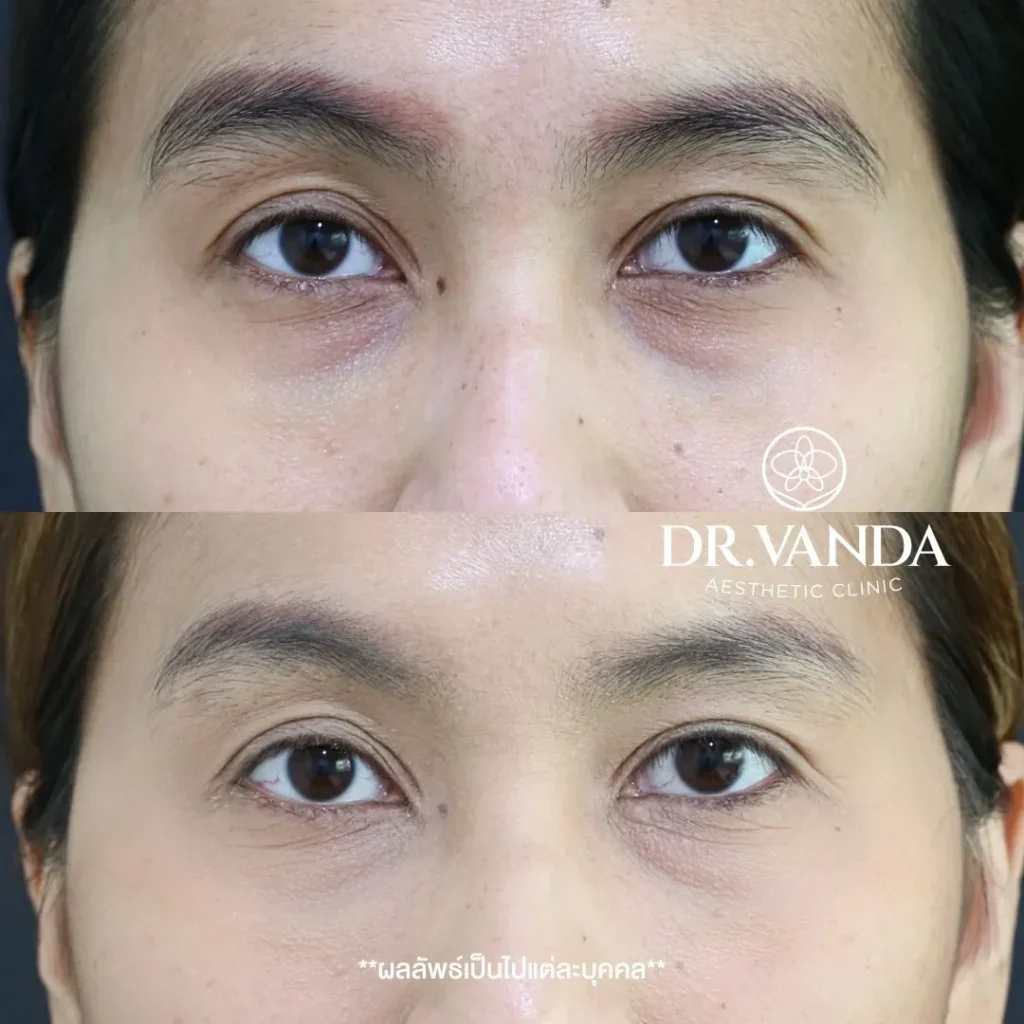

( Review EndoliftX From Dr.Vanda Aesthetic Clinic )

